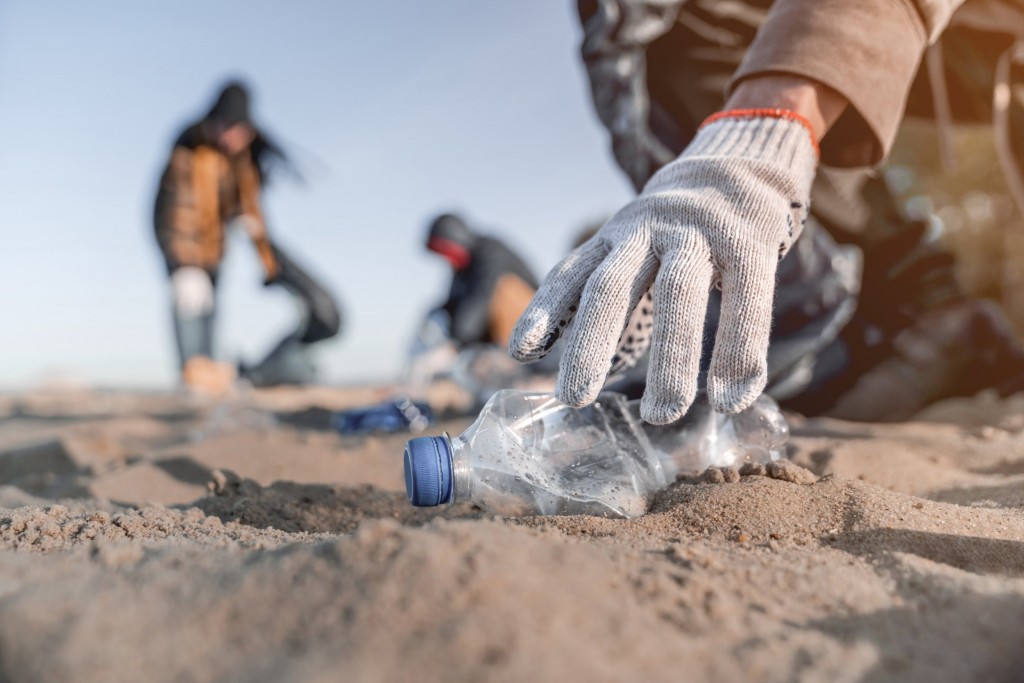As a material present in nearly every major production process since the early 1950s, there’s no doubting the usefulness of plastic. It is durable, multi-functional, relatively inexpensive and contributes to a significant reduction in food waste.
Why, then, does plastic have an image problem?
The biggest concern lies in the life that it leads once it has ceased to be useful, at least in the eyes of businesses and consumers. This has created a throwaway culture that, if not challenged, will leave the environment unable to cope. The effects of which could be devastating.
A Double-Edged Sword
As mentioned above, plastic is incredibly versatile. It is used to package food, drinks and consumer goods, as well as appearing everywhere from smartphones to aerospace parts. Unfortunately, the idea of convenience is the very thing that makes it so dangerous. Not to mention the amount of energy that needs to be expended in its production processes.
Recent projections show that over 1.3 billion tonnes of plastic waste will enter oceans or land by 2040, crippling the world’s ecosystems. And even though many major corporations have pledged to cut down on single-use plastics, it’s still not clear that this is going to be enough.

How Can Plastic Use Be Managed?
The earlier statistic can be attributed to the belief that plastic production will increase 40% by 2030. This is a fair assumption since that between 2000 and 2021, more plastic was produced than the preceding 50 years combined. We’re on the cusp of a crisis, now more so than ever.
But all hope is not lost. There are many mitigation strategies out there – we just need to get behind them if they are to stand a chance of success.
Recycling. Recycling is now second nature for most households. Helping to save energy and reduce greenhouse gas emissions, it is probably the most recognisable eco-friendly practice we have. There’s more that can be done too.
On a personal level, this refers to responsible recycling. That means paying attention to what can be recycled and making sure this is clean, empty and dry before being placed into the bin. Statistics show that almost half of the recycling in Europe cannot be properly processed due to safety or contamination concerns. Not only is this a huge waste of time, it also means that plastics will just end up in landfill regardless.
On a much larger scale, authorities need to act. Back in 2016, the UNEP reported that a staggering 3 billion people across the world lacked access to proper waste disposal services. This is simply not good enough.
Elsewhere, the abundance of single-use plastics has also proven to be overwhelming for many existing waste management systems, so there is work to be done there too.
Reduce plastic use. Although reducing our reliance on plastic is a combined effort, there are lots of things you can do as an individual to play your part. These include taking bags for life with you when you go shopping and purchasing reusable containers to pack lunches and store food. You could even switch to shampoo bars or compostable toothbrushes to make your personal hygiene routine more sustainable. It’s the little things that help.

Cleanup operations. Non-profit groups like The Ocean Cleanup have made it their mission to develop technologies to rid the world’s oceans of plastic waste for good. The lives of 700 marine species are at risk if things continue to unfold as they are, with toxic pollutants also infiltrating the wider food chain. It is the responsibility of world leaders and authority figures to make cleanup operations like these more widespread, on both water and dry land.
For the moment, if you’re passionate about this cause, you can visit The Ocean Cleanup’s website here.
Burning plastic. This is a difficult one. Although burning plastic keeps it out of our ecosystems, doing so can release many dangerous substances into the atmosphere. These pose a risk to human, animal and environmental health, so it’s definitely the least desirable option on the list.
How We Use Plastic

At Eco Plastic Wood, we use all of plastic’s attributes to our advantage. Every one of our recycled plastic products is composed of reusable materials as part of our company-wide commitment to reducing waste.
These high-quality products might resemble timber, but they’re actually much more durable and resilient. In fact, they all have 50+ lifespans, so you’ll never have to find a replacement. Gardens, schools, parks and business premises are proud to play host to our recycled plastic benches, fences, doors and more. We’d love for you to be next.
For more information about what we do, please call us on 01162 849888 or email info@ecoplasticwood.com. Alternatively, fill out this contact form and we will get back to you as soon as possible.

